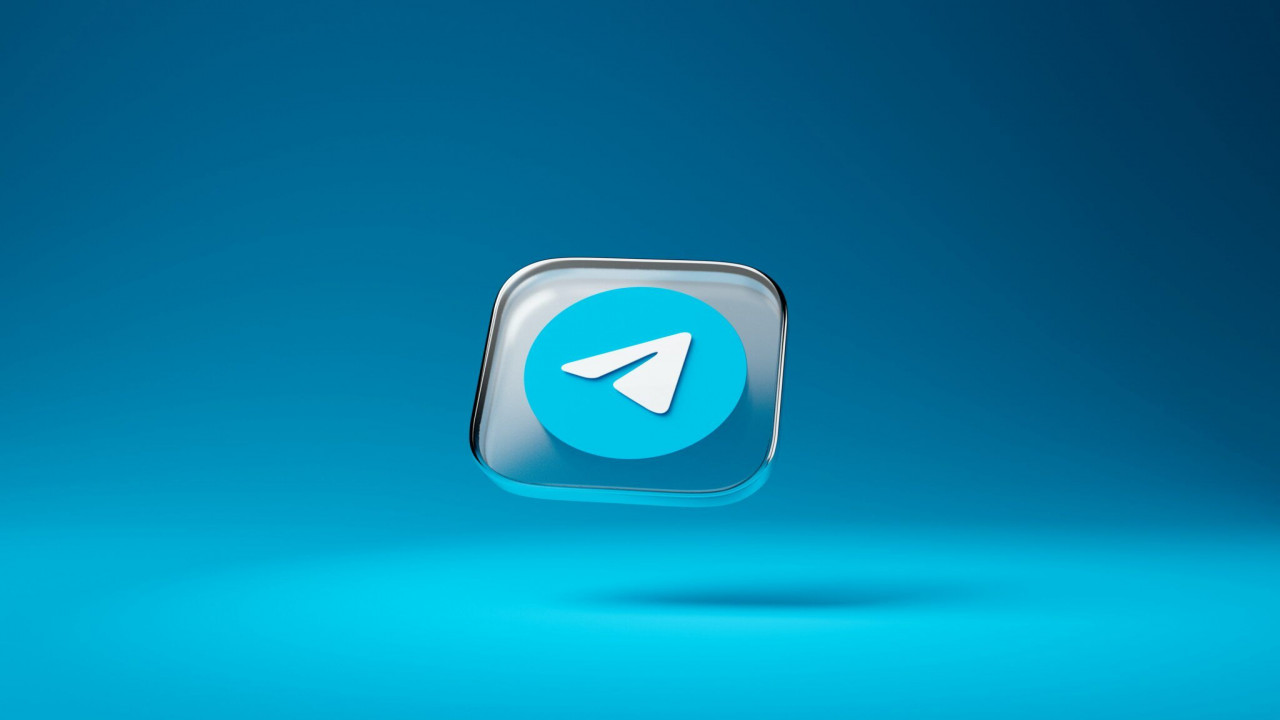Why Email Is Not Secure?
We’ve all heard the horror stories about email security – from hacked emails to phishing schemes – and it’s easy to see why many people believe that email is not a secure communications medium. However when you dig deeper you will come across more issues that reinforce why email is not secure.
Despite the security concerns, email, with over 4 billion users, still remains one of the most popular methods of communication today. According to the yearly report carried out by the Radicati Group, the total number of business and consumer emails sent and received on a daily basis is over 319 billion in 2021 and is expected to grow to over 376 million by the end of 2025.
But is email really as insecure as certain information suggests? The answer is both yes and no. Email is certainly not as secure as some other communications methods, such as private messaging apps or secure email services.
However, with a little bit of caution and common sense, email can still be a relatively safe way to communicate. Just don’t use it to send confidential files.
Transfer Up To 10 GB For Free
No-Registration Required
Issues with Email Security
There are a number of reasons why email is not as secure as some other communications methods. Firstly, email is not encrypted, which means that any information sent via email is not protected from being intercepted by third-party attackers.
Email is a ‘broadcast’ communication medium, which means that any email sent to a large number of recipients is likely to be read by someone other than the intended recipient. It’s also very easy for someone to create a fake email account and pose as another person, which can be used to scam or phish people.
Another issue with email security is that it is often easy for attackers to send fake emails (known as ‘phishing’ attacks) which appear to be from a trusted source, such as a friend or colleague. These emails often contain links to malicious websites or attachments which can infect your computer with malware.
Additionally, many email servers are not secure, meaning that your email messages can be easily intercepted and read by third-party attackers. This is particularly true for public email servers, such as Gmail, Yahoo! Mail, and Hotmail. It’s also worth noting that email providers can (and do) access your emails in order to deliver targeted ads.
To sum it all up, the dangers of email include:
- Email is not encrypted, so any information sent via email is not protected from being intercepted by third-party attackers.
- Email is a ‘broadcast’ communication medium, which means that any email sent to a large number of recipients is likely to be read by someone other than the intended recipient.
- It’s very easy for someone to create a fake email account and pose as another person, which can be used to scam or phish people.
- Email messages can be easily intercepted and read by third-party attackers.
- Your email messages may be accessed by your email provider in order to deliver targeted ads.
Types of Things You Should Not Send Using Email
There are a number of things that you should not send using email, as they are considered to be high-risk. It can be a bit difficult to know what these things are, as the line between what is and is not considered to be high-risk changes depending on the context.
Email is not a secure way to send sensitive information, such as passwords, credit card numbers, or bank account details. If you need to send confidential information, you should use a secure messaging app or encrypted email service.
You should avoid sending high-resolution images or large files via email, as these can easily be intercepted and stolen by third-party attackers. It’s also a good idea to avoid sending sensitive information over email attachments, as these can easily be opened by someone other than the intended recipient.
It’s not a good idea to share your personal or financial information via email, as this information can be easily stolen by scammers and identity thieves. You should also be wary of clicking on links or downloading attachments from unknown email addresses, as these can often contain malware or viruses.
You should also avoid using email to communicate with people you don’t know. Email is not a secure way to communicate with strangers, as it’s easy for scammers and phishers to send fake emails which appear to be from a trusted source.
Educating yourself about the dangers of email and taking a few simple precautions can help to reduce the risk of your emails being intercepted or compromised. So, next time you’re about to hit ‘send’, stop and ask yourself: is this email really secure?
Secure Alternatives to Send Confidential Documents
Sending confidential documents via email is not a secure process, as your information can be easily intercepted and read by third-party attackers. You should never send confidential documents via email, as they can be easily stolen by scammers and identity thieves.
If you need to send confidential documents, there are a number of secure alternatives to email which you can use. Let’s take a look at a few of them.
1. Private Messaging Apps
Private messaging apps, such as WhatsApp, Facebook Messenger, and Signal, are a great way to securely communicate with friends and colleagues. These apps use end-to-end encryption, which means that your messages are encrypted and can only be read by the intended recipient.
Pros | Cons |
| Messages are encrypted and cannot be read by third-party attackers | Not all apps offer end-to-end encryption |
| Many apps offer a high level of security and privacy | Some apps are not as secure as others |
| File size limits mean you can't send large files |
2. Secure Email Services
Secure email services, such as ProtonMail and Tutanota, offer a high level of security and privacy. These services use end-to-end encryption, which means that your messages are encrypted and can only be read by the intended recipient.
Pros | Cons |
| Messages are encrypted and cannot be read by third-party attackers | Not all apps offer end-to-end encryption |
| Many apps offer a high level of security and privacy | Some apps are not as secure as others |
| File attachment size limits mean you can't send large files |
3. File Encryption Programs
File encryption programs, such as VeraCrypt and BitLocker, are a great way to securely store sensitive files. These programs use strong encryption algorithms, which means that your files are protected from third-party attackers.
Pros | Cons |
| Files are encrypted and cannot be read by third-party attackers | Programs may not be available on all platforms |
| Programs are easy to use if technically competent | File encryption programs can be complex and difficult to use for some people |
4. USB Sticks
USB sticks are a great way to securely store sensitive files. USB sticks can be encrypted, which means that your files are protected from third-party attackers.
Pros | Cons |
| USB sticks are portable and can be taken with you wherever you go | USB sticks can be lost or stolen |
| USB sticks are easy to use | Not all USB sticks are encrypted |
| USB sticks typically have relatively small storage capacity |
5. Cloud Storage Services
Cloud storage services, such as iCloud, Google Drive, and DropBox, are a great way to securely store your files. These services use strong encryption algorithms, which means that your files are protected from third-party attackers.
Pros | Cons |
| Files are encrypted and cannot be read by third-party attackers | Not all services offer end-to-end encryption |
| Many services offer a high level of security and privacy | Some services are not as secure as others |
| Will need a paid subscription to send very large files |
6. Network Attached Storage (NAS)
Network-attached storage (NAS) is a great way to securely store your files. NAS devices are similar to USB sticks, but they offer a number of advantages, such as the ability to share files with other users and the ability to back up your files.
Pros | Cons |
| Files are encrypted and cannot be read by third-party attackers | NAS devices can be lost or stolen |
| NAS devices are portable and can be taken with you wherever you go | Not all NAS devices are encrypted |
| NAS devices are easy to use |
Conclusion
Email is not a secure way to send confidential documents. It’s not always easy to send confidential documents through email, and there is a risk that your documents could be read by third-party attackers. Being knowledgeable about the various secure alternatives to email can help you keep your confidential documents safe.
If you need to send confidential documents, there are a number of secure alternatives to email which you can use. It is important to do thorough research before selecting the right alternative for you. Make sure to choose a service that is secure and offers a high level of privacy.








